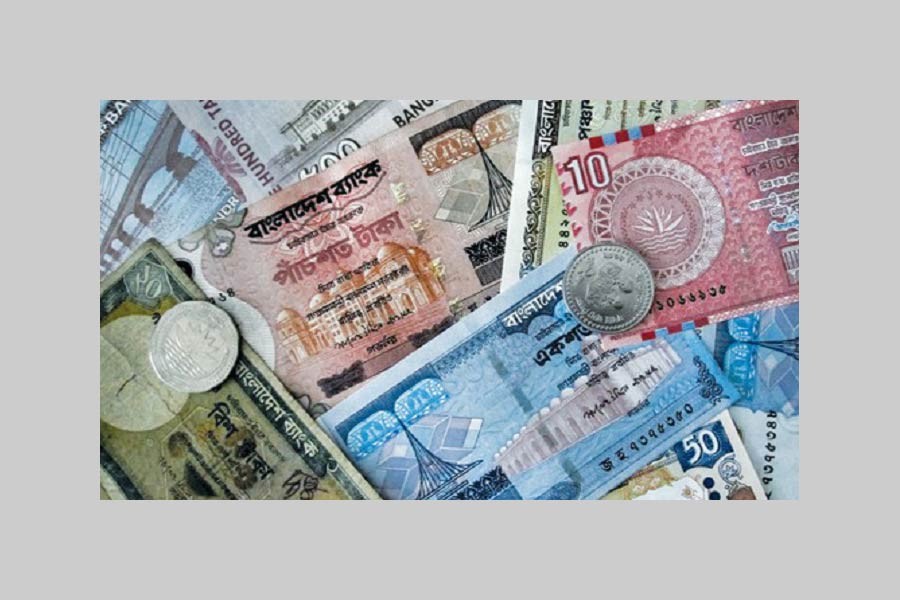These days, there are questions galore about the destinations of money. The issue is shrouded in mystery.
Banks say they are under stress and strain because of liquidity crisis. That the claim of the banks is true is evident from the continued rise in interest rates offered to both depositors and lenders.
After many decades lending rates in a number of areas, including housing sector, came down to single digits, fulfilling the expectations of many borrowers. However, the substantial decline in deposit rates did hit the savers. The rates on fixed deposits came down to as low as 5.0 to 6.0 per cent and that on saving deposits to 2.0 to 3.0 per cent. In all the cases the rate of return was negative given the actual rate of inflation.
The situation has changed radically, lately. Some banks facing sizeable liquidity problem have raised their rates on time deposits to double digits. Some non-bank financial institutions (NBFIs) are now offering interest rates to depositors as high as 12 to 13 per cent.
The crisis of liquidity is being faced more by some third and fourth generation private banks. Loan scams and failure to pay back to the depositors in the case of one or two private banks might have triggered trouble. Crisis of confidence is noticed among depositors. However, most people do still have faith in the country's banking system.
It is quite logical to think that funds instead of going to banks in large volume are being invested somewhere else.
The stock market is one of the likely destinations of people's funds. But that has not happened. The market is disappointingly bearish. Belying investors' expectation that market will be buoyant in the election year, the general index of the country's prime bourse, the Dhaka Stock Exchange (DSE), has shed 379 points during the current month. The index is below 5,500 point mark. The daily turnover now hovers between Tk 3.0 to Tk 4.0 billion.
Under the circumstances, the government's savings scheme remains to be the most attractive destination for savers. The gross sale of the savings tools under the scheme during the past few months is a pointer to that fact. The amount the government received from the sale of the tools was enough to meet a large part of its appetite for funds beyond the normal sources of revenue. However, the net sale of savings certificate, apparently, is no match for the extent of fund shortage that the banking industry is facing now.
Moreover, the flow of bank credit to the private sector has been quite satisfactory. It was more than 18 per cent in January last. The flow of credit to the private sector this fiscal is even better than that of the last couple of years.
The general expectation was that there would be flow of excess funds in an election year. But the opposite is happening. Why? That is a million-dollar question.
It is widely suspected that a substantial volume of funds has flown out of the country. The flight of capital has taken place in different ways, trade transactions being the easiest one under the current lax monitoring and supervision by the relevant agencies. People who have made easy money using their connections with high places might have found the next election time as an uncertain one. So, they did not want to take any risk with their wealth, ill-gotten or otherwise.


